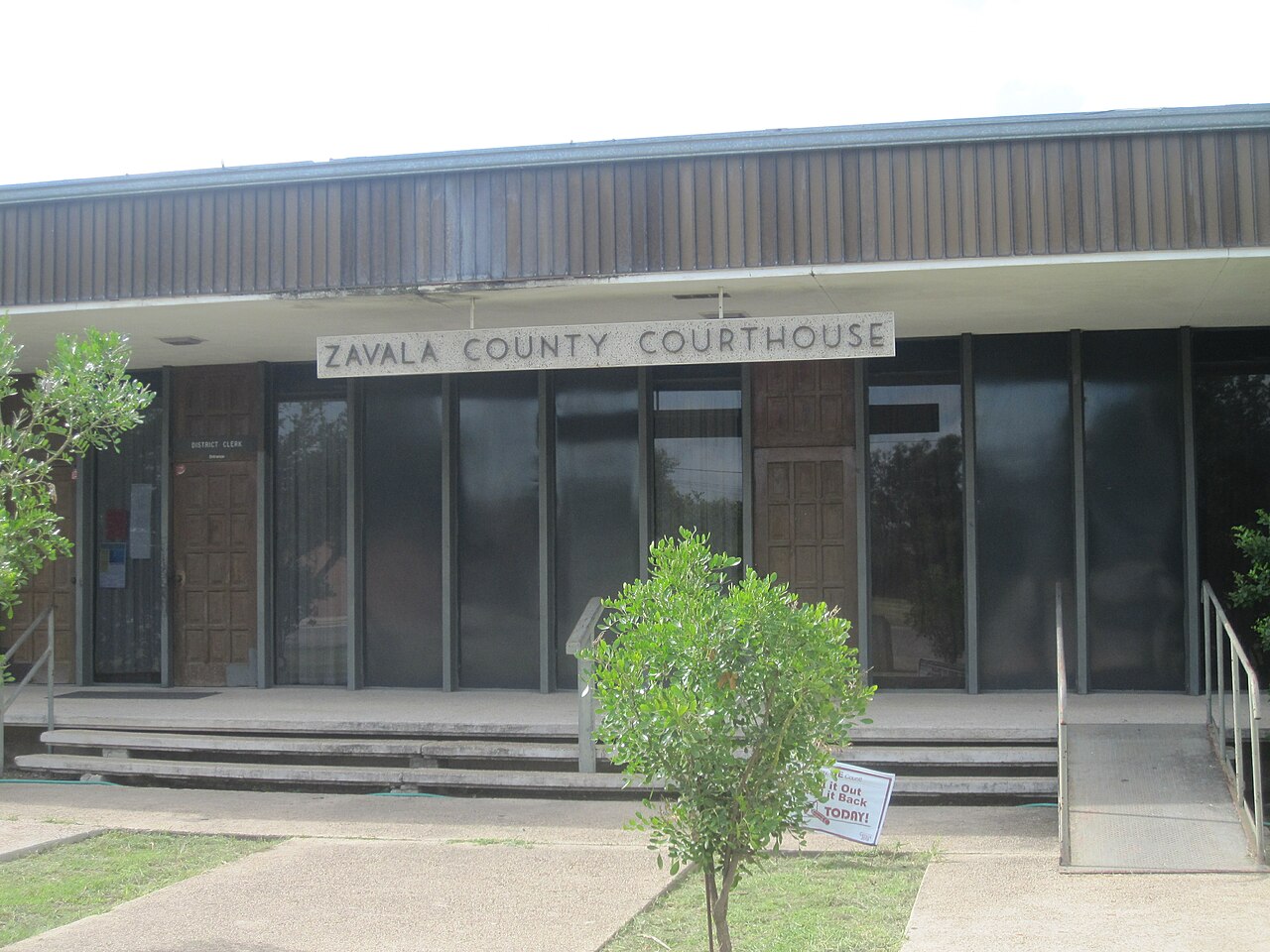These days, more and more people are falling into legal issues, without a lawyer in their corner; these people may feel helpless and alone. Even though you may think you may never find yourself in the midst of litigation, the fact of the matter is, there are all kinds of reasons you could find yourself in court. Just like you wouldn’t want to go into a boxing match without a coach in your corner, you’re not going to want to go to court without a lawyer on your side. Below are just a few reasons that you might find yourself in need of an attorney.
Reason #1: Divorce: Often time’s people get married with all intentions of that marriage lasting forever. Unfortunately it doesn’t always work out that way. Because a marriage is a legal bond, it is best to seek the assistance of a Friendswood divorce lawyer when breaking that bond. Finding a Friendswood divorce lawyer is as easy as doing a quick search for “Divorce Lawyers in Friendswood”. When going through a divorce, your lawyer will help you prepare your case for your portion of assets, alimony, child custody, child support and more.
Reason #2: Criminal Law: In the United States, we have a pretty good criminal justice system, but it’s not perfect. Often times, consumers are falsely accused of crimes that they did not commit. In these cases, these consumers could lose their freedom for a very long time if they don’t seek the assistance of a good criminal justice attorney. A criminal justice attorney will prepare a case to be heard in front of a jury of your peers. If you are innocent of all charges, your attorney should be able to do a great job of getting the jury to see the truth.
Reason #3: Child Support: Child support is often changed throughout the life of the children the funds are designed to support. This is because there is no set cost of child support. Each family has different expenses and income. Therefore, it may take more or less for my family to support a child than it does for yours. Also, child support is based primarily on the income of the parent paying it. Therefore, if you are paying child support and your income has been reduced, you may want to seek the assistance of a family law attorney to help in the process of reducing your total child support payments.
These are just three of the thousands of reasons that you could be in need of an attorney. That being said, it is always best to have an attorney on your side. Finding an attorney that specializes in what you need is generally a pretty simple process. All you need to do is discuss your matter with friends or family. Once you’ve discussed it, ask if they know of any good attorneys that can help. If they do not, go online and search for attorneys that specialize in what you need help with.
ABOUT THE AUTHOR
Michael Busby Jr. is a Divorce, Family Law, & Houston Divorce Lawyer, who practices in Harris County Texas and the counties that surround Harris County, Texas. He has been in practice for over 14 years and has tried over 300 cases. He is familiar with the policy and procedures of the Harris County Texas Divorce Courts. Our office is open until 8:30 p.m. on Wednesdays and Saturday from 9 a.m. to 1 p.m. for working folks.
Michael Busby Jr.
6100 Corporate Dr Ste 190
Houston, Texas 77036
(713) 974-1151
281-DIVORCE
Visit me on the web at www.busby-lee.com
[paypal-donation]













